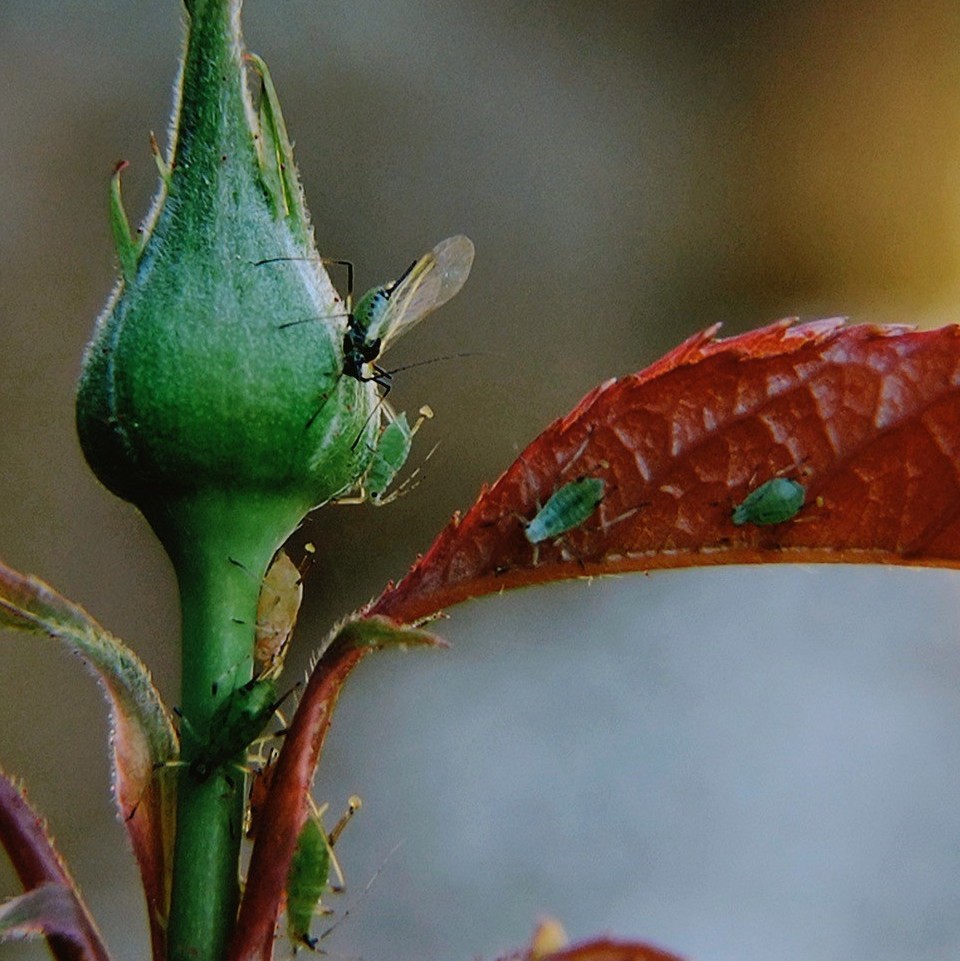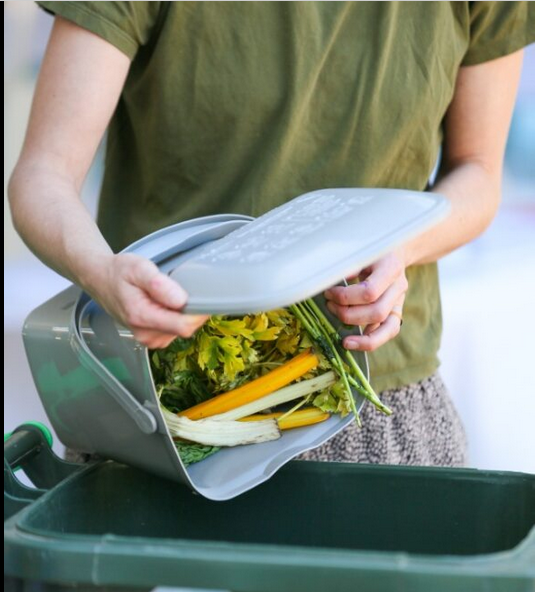May 11th, 2020Glen, about the house – It’s only natural to care (cont’d)
Last week, I espoused the benefits of, and more importantly, the absolute need for us to find ways to protect our gardens from pests and diseases, without harming ourselves or our environment. These days there are many harmless – to us and our pets, at least – botanical and biological sprays and compounds to cover almost every garden pest or pestilence.
One of my favourites and an early starter is Dipel, a bacterial compound exclusively attacking larvae, grubs and caterpillars. My first encounter with this product was when I was filming a segment in the Melbourne Zoo’s Butterfly House, mainly to demonstrate the original environments of the plants we struggle with as indoor specimens but also to promote the newly-opened facility.
I was told Dipel was being used to great effect in keeping the zoo gardens grub- free, but for a time had apparently created havoc in the butterfly breeding area, until they found that Dipel residue on the keepers’ work clothes had been sufficient enough to exterminate the young caterpillars.
If you would prefer to make your own remedies, here are a few tried and true recipes…
Insecticides
Eucalyptus spray:
Cut up 1.5kg of freshly-picked eucalyptus leaves and boil them in 3.5 litres of water for 30 minutes. Allow them to cool. Mix 125g of soft (or liquid) soap in hot water. Strain and blend the two, and bottle when cool. Use the mixture at the rate of 250ml to 2 litres of water.
Garlic spray (excellent for smaller insect pests):
Chop up and mix 90g of garlic cloves with two teaspoons of liquid paraffin. Soak for 48 hours, then add 600ml of warm water and 15g of a good oil-based soap. Store in a sealed bottle and use at the rate of 25ml per litre of water.
Rhubarb spray:
Cut up 2.5kg of rhubarb leaves and boil them in 3 litres of water for 30 minutes. Allow to cool. Mix 125g of soft soap in 3 litres of hot water. When cool, strain and blend the mixtures for use at the rate of 250ml per 2 litres of water.
Fungicides
Bordeaux mixture (ingredients readily obtained from any hardware outlet):
Stir 90g of copper sulphate into 5 litres of hot water and leave overnight to cool. Next day, mix 125g of garden lime with 4 litres of cold water. Mix both liquids together and use immediately. This mixture is excellent for most fungal diseases but does not store for more than a couple of days.
Chive tea (for scab and mildew):
Use dried chives. Do not boil but pour 500ml of boiling water over 50g of dried chives and allow it to infuse for at least an hour. Strain the mixture through a nylon stocking (preferably vacant) and bottle. Use diluted at the rate of one part mixture to two parts water.
By the way, because these and most of the new breed of commercial, organic sprays are thankfully non-systemic they don’t remain in the sapstream (like our bloodstream). Especially in rainy weather it would be a good idea to follow up with another spraying, perhaps in a fortnight, to catch any latecomers.
Silent Spring
Last week I mentioned the book Silent Spring by the late, widely-acclaimed, marine biologist Rachel Carson, which exposed the destruction of wildlife through the widespread use of pesticides, despite the condemnation of the US press and attempts of the chemical industry to have the book banned. First published in 1962, it was last released as one of Penguin’s Modern Classics in 2000, so not easily found in the bookshops. I obtained my current copy online.










